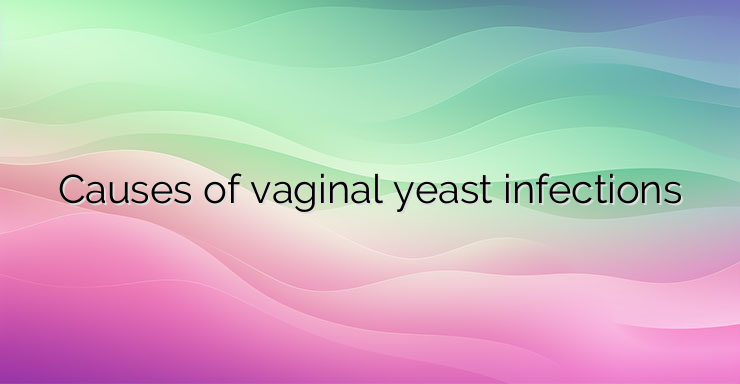Vaginal yeast infections can cause itching and burning in the genital area or an unusual vaginal discharge. In many patients, inflammation of the external genitalia is also observed – for example, the labia. In many cases, however, vaginal yeast infections do not cause any symptoms. The characteristic symptoms of a vaginal yeast infection are itching, an unpleasant burning sensation and pain in the genitals. The mucous membranes covering the vagina redden and a specific whitish coating appears on them. Symptoms may worsen a few days before the start of menstruation. When the inflammation spreads to the external genitals – for example, the labia, redness and swelling are also observed. Vaginal fungal infections often lead to the appearance of vaginal discharge with a whitish-yellow color. It can have a different consistency and usually does not have a specific smell. In some cases, the discharge is watery or comes out in the form of small lumps. Sexual intercourse can be painful – dyspareunia in the presence of a fungal infection. When the urinary tract is affected and inflamed, pain and discomfort during urination are also observed. Vaginal yeast infections are usually caused by fungi of the Candida species and in particular Candida albicans. These fungi are common inhabitants of the mucous membrane that covers the vagina. Their populations, however, are usually small, so they do not cause infections. The healthy balance of the microbiome in the vagina is sometimes disturbed – for example, during pregnancy or taking certain therapeutic effects. Certain diseases increase the risk of vaginal yeast infections. These include diabetes and other diseases that weaken effective immune defenses. Taking certain medications can also increase the risk. These include antibiotics, corticosteroids, hormone therapy, radiotherapy and chemotherapy. Other factors that increase the risk of vaginal yeast infections include stress, using intimate hygiene products with an inappropriate formula, wearing other synthetic fabrics. Glycogen serves as a nutritional substrate for the fungi in the vaginal epithelium. There is a relationship between the phase of the menstrual cycle and the risk of developing vaginal yeast infections, which is influenced by estrogen levels. Most women develop such infections regularly or more specifically during the luteal phase of the menstrual cycle. When estrogen levels drop during menstruation, symptoms often subside. Women who take oral contraceptives and postmenopausal women who take hormone replacement therapy have an increased tendency to develop vaginal yeast infections. Taking oral contraceptives increases the level of glycogen in the vagina, which provides more favorable conditions for the growth and development of Candida fungi.Intrauterine contraceptives also compromise the vagina’s natural defenses against infection. Patients with type 2 diabetes have an increased risk of developing fungal infections. This risk increases when blood glucose levels exceed reference values. Hyperglycemia – high blood sugar levels lead to increased adhesion and growth of fungi and cause damage to the host’s defense mechanisms. C. albicans has a glucose-sensitive surface protein that mediates adhesion to vaginal epithelial cells, and increased levels of this protein disrupt natural immune defenses. References: https://www.ncbi.nlm.nih.gov/pmc/articles/PMC7712750/


Leave a Reply